Exploring the Process of Crude Oil Drilling: What are Key Steps and How Simulation Used in the Process
Crude oil, also known as “black gold,” is essential in powering our contemporary society. It powers our cars, heats our houses, and is used in a variety of industrial activities. The difficult and intriguing process of crude oil drilling begins the journey of crude oil from deep under the Earth’s crust to refineries where it is turned into many products. In this article, we’ll explore the intricate steps involved in crude oil drilling and how simulation technology is used in crude oil drilling.
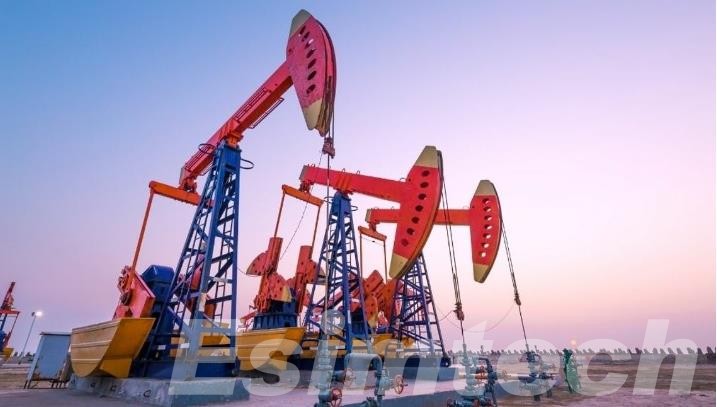
What are Key Steps Involved in Crude Oil Drilling
1. The Search for Oil Reservoirs
The drilling process for crude oil begins with significant geological studies and exploration. Seismic surveys, for example, are used by geologists and geophysicists to detect probable oil deposits beneath the Earth’s surface. Sound waves are sent into the earth and the reflections are analyzed to build a precise subsurface map.
Once a potential site is identified, drilling companies conduct further tests, including exploratory drilling, to confirm the presence of oil. This is a crucial step as drilling an unsuccessful well can be a costly endeavor.
2. Drilling Rig Setup
The drilling rig is hauled to the site once a suitable location has been identified. The drilling rig is a huge structure outfitted with specialized drilling machines and instruments. It is the platform from which drilling operations are carried out.
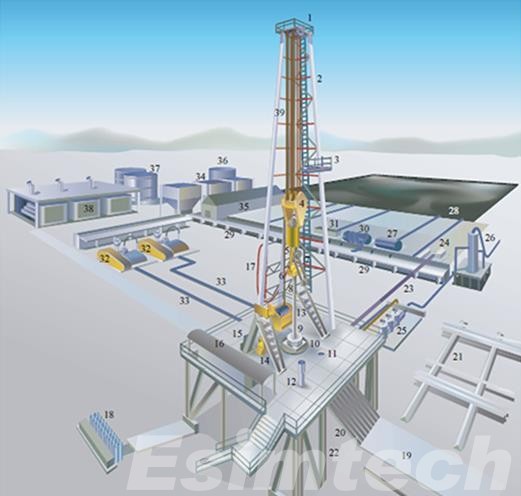
3. The Drilling Process
Spudding: The drilling procedure starts with “spudding,” which entails drilling a shallow, wide hole known as a “spud hole.” This gives the drilling rig stability and prevents it from tilting or sinking during the drilling procedure.
Drilling the Hole: The drill bit is lowered into the hole once the spud hole has been made. The bit breaks pebbles and other objects in its path as it rotates. As the bit rotates, it crushes rocks and other materials in its path. Drilling mud, a mixture of water and specialized additives, is continuously pumped into the hole to lubricate the bit, carry cuttings to the surface, and maintain pressure.
Casing Installation: Steel pipe casings are placed as the hole deepens to stabilize the wellbore and prevent it from collapsing. Cement is then poured into the area between the casing and the rock to provide a tight barrier, preventing oil or gas from leaking into nearby formations.
Drilling Continues: Oil drilling progresses through different geological levels, each with its own set of features. Geologists examine drill cuttings to learn about the makeup of the Earth’s strata and the presence of hydrocarbons.
Well Completion: The drilling procedure is halted when the drill reaches the targeted depth and encounters oil. After that, the well is finished by installing production equipment such as a wellhead and a Christmas tree (a collection of valves and fittings).
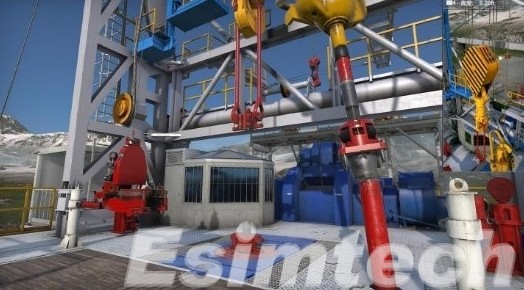
4. Oil Extraction and Production
Once the well is completed, oil is pumped to the surface using a combination of natural reservoir pressure and artificial lift systems, such as pumps or gas injection. The extracted oil is collected in storage tanks before being transported to refineries for processing.
How Simulation Technology is Used in Crude Oil Drilling
By providing a virtual environment that mimics real-world conditions, simulation technology helps improve safety, reduce costs, and enhance the efficiency of crude oil drilling processes.
Training and Skill Development
Drilling Crew Training: Drilling workers, including drill operators and engineers, are trained using drilling simulation training system. Trainees can practice various scenarios in a risk-free virtual environment, which helps them improve their skills and decision-making abilities.
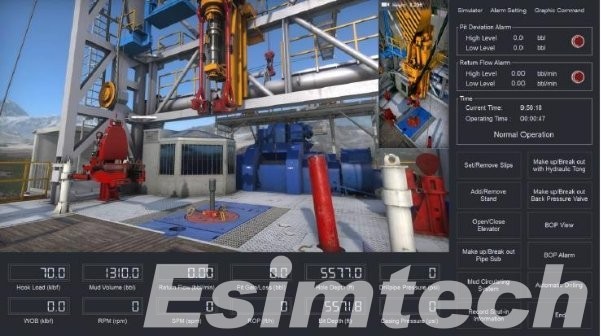
Emergency Response Training: Simulations help drill crews prepare for emergency events including as blowouts and well control concerns. This training is critical for keeping drilling rigs safe.
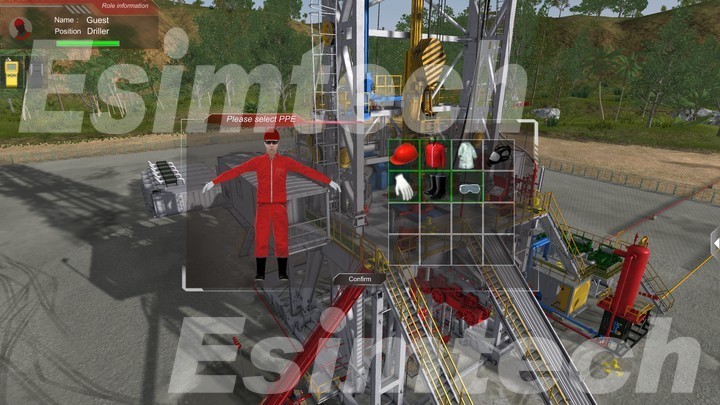
Well Planning and Design
Reservoir Modeling: Simulations enable the development of sophisticated reservoir models, which provide insights into underlying geology, pressure, and fluid characteristics. This data is critical for developing effective drilling methods.
Drilling Fluid Selection: Simulation technology aids in the selection of drilling fluids by simulating their behavior under downhole circumstances. This guarantees that the drilling fluid can control well pressure and carry cuttings to the surface successfully.
Real-time Drilling Operations
Digital Twins: Some drilling companies use digital twin technology, a form of simulation, to create real-time digital replicas of the drilling operation. This allows for monitoring and adjusting drilling parameters to optimize performance and safety.
Geosteering: Geosteering simulations enable drillers to make real-time decisions on wellbore placement. By comparing the virtual model with actual drilling data, they can adjust the well path to maximize reservoir exposure.
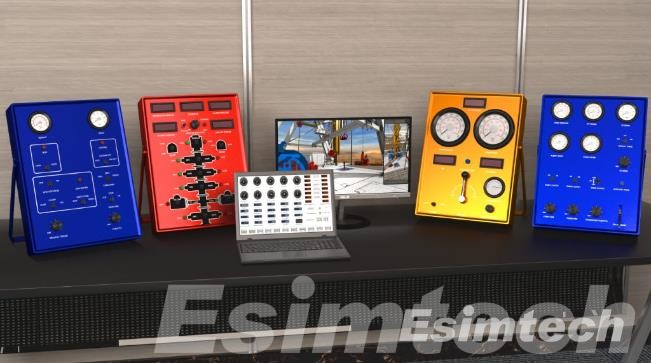
Equipment and Tool Testing
Drill Bit Performance: Simulations can assess the performance of different drill bit designs and materials. This helps in choosing the most suitable bit for specific geological conditions, which can lead to more efficient drilling and longer bit life.
Drilling Rig Operations: Simulations can test the operation of drilling rigs and equipment under different conditions. This aids in preventing equipment failures and optimizing rig design.
Risk Assessment and Safety
Hazard Identification: To identify potential dangers and risks related with drilling operations, simulation technologies can be used. This proactive approach enables for the implementation of safety measures to limit these dangers.
Blowout Prevention: Simulations aid in the development and testing of blowout prevention measures, which are critical for averting catastrophic events during drilling.
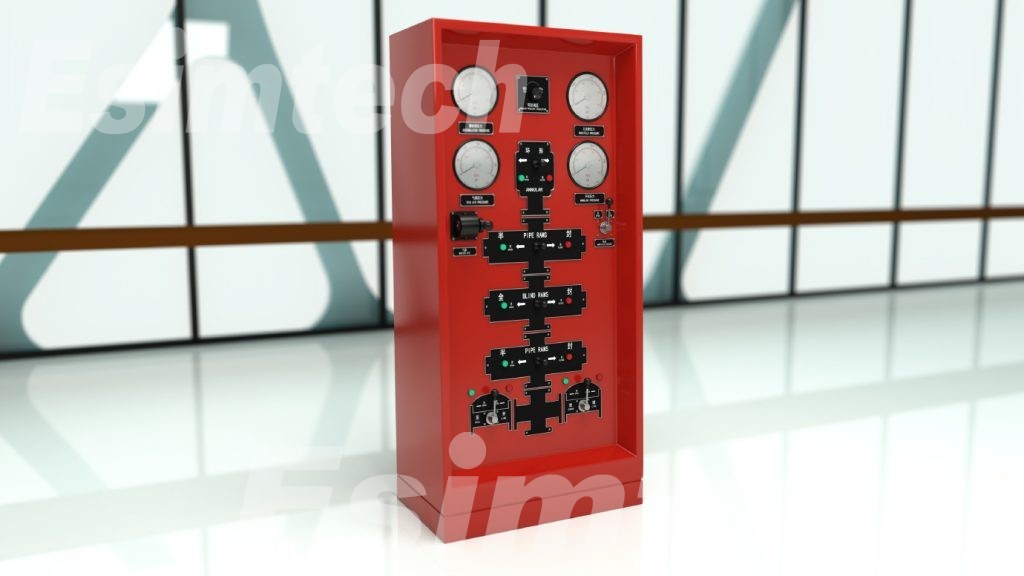
Cost Optimization
Drilling Cost Estimation: Operators can assess the expenses associated with various drilling situations by simulating them. This helps with budgeting and cost-cutting.
Efficiency Improvement: Drilling simulators can help uncover opportunities for optimizing drilling parameters, reducing downtime, and improving overall operational efficiency.

